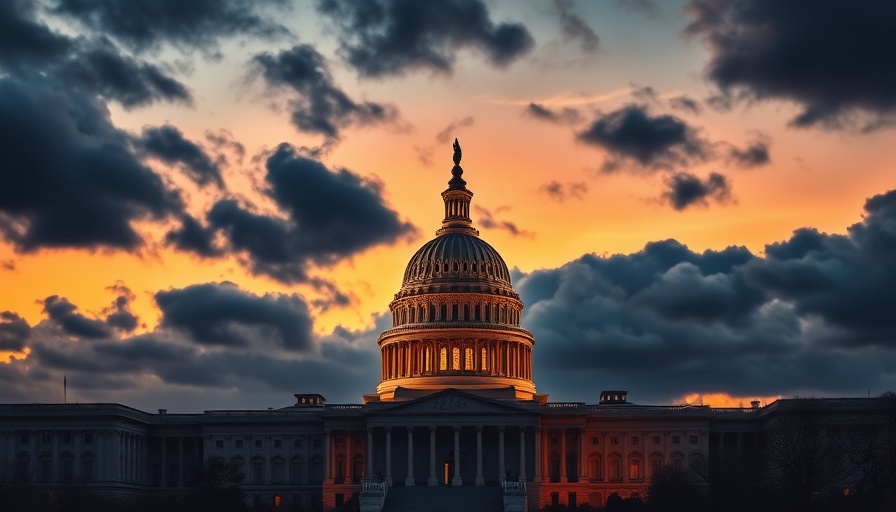
A Potential Economic Shift: Understanding Trump’s Tariffs
The recent move by Senate Republicans to approve a multitrillion-dollar framework for tax cuts has generated significant buzz, particularly in the context of Trump's tariffs. Designed to create a revenue windfall, these tariffs are seen by some as a necessary pressure valve for an economy seemingly on the brink of recession. Critics, however, warn that this approach could exacerbate existing economic challenges.
Tax Cuts on the Horizon: What Businesses Need to Know
With tariffs in place, the government aims to bolster its revenue, paving the way for bigger tax cuts. For business professionals, understanding these developments is critical. Tax cuts could potentially translate into greater capital for investment, expansion, and innovation. However, the implications of such cuts will largely depend on how tariffs impact overall economic activities.
The Trade-Off: A Boon for Business or Risk Factor?
While tax cuts generally appeal to businesses looking to maximize profit margins, tariffs can also lead to increased costs for importing goods. This trade-off raises an important question: will tariffs provide sufficient revenue to offset the potential economic drawbacks of tax cuts? As companies navigate these complexities, aligning their strategies with emerging trends will be vital.
Future Predictions in the Tax Landscape
Moving forward, experts predict that if Trump’s tariffs indeed enable larger tax cuts, businesses might experience a short-term gain. However, long-term sustainability will depend on economic stability. Companies involved in real estate, e-commerce, and tech sectors need to pay special attention to market analysis and economic forecasts to navigate potential obstacles effectively.
As entrepreneurs and business leaders, staying informed about these developments can shape vital strategies and decisions, ensuring that companies are not just reactive but proactive in these unpredictable economic waters.
In conclusion, it’s essential for businesses to monitor the implications of tax policy changes. With a clearer understanding of the factors at play, leaders can better position themselves to seize opportunities for growth and innovation, even in uncertain economic climates.
 Add Row
Add Row  Add
Add 



Write A Comment